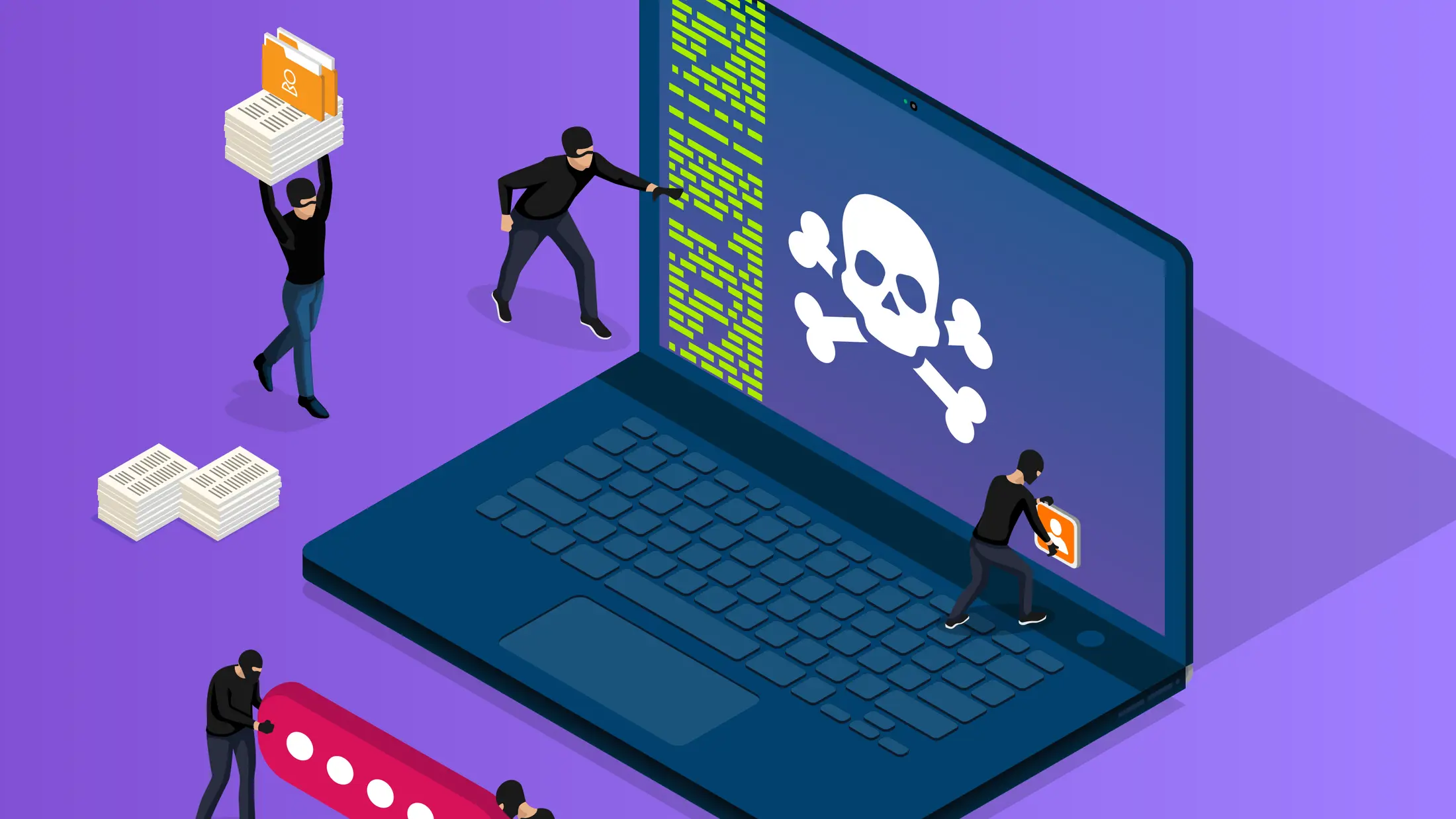Ransomware and cyber insurance: Are you covered?
Cyber insurance is an effective way to reduce cyber risk, protecting against financial loss, business interruption and cyber extortion—with ransomware having the potential to cause all three. As such, a good cyber policy does cover ransomware.
How to get ransomware protection
It’s common for cyber policies to cover the financial loss caused by ransomware attacks, from the ransom payment itself (if you choose to pay it) to expenses incurred in recovering data, repairing systems and getting the business back up and running, including the hiring of any external expertise that’s required.
But not all cyber policies are the same. What sets them apart are the nuances in cover. For example, what level of cyber security does the insurer require the business to have in place to activate the policy? And looking specifically at data loss, does the insurer just cover the recovery of data or will they cover the cost of recreating that data if necessary?
The level of ransomware protection is also influenced by the services that come with a policy. The best insurers offer proactive cyber attack prevention and technical incident response services that come free with a cyber policy. At a time when IT budgets are tight, these services play a vital role in bolstering cyber security for businesses around the world, working constantly to stop cyber threats from developing and responding fast when they do occur.
Always consider going with an insurer who invests in these types of services, so your business can operate safe in the knowledge it has an experienced partner on side when a ransomware attack hits. More on how these services work further down.
Ransomware threats
Ransomware—a type of malware—is one of today’s more feared cyber threats, and with good reason. In 2023 ransomware attacks impacted 66% of organizations worldwide, making it alone a compelling reason for any business to strengthen its cyber security protocols—with cyber insurance a key link in this chain.
The costs associated with a ransomware attack include:
- Operational disruption
- Remediation and recovery expenses
- Legal fees
- Hiring of expert teams
- Regulatory fines, particularly if data is stolen
- Ransom payment, if you choose to pay it
- Reputational harm
- Loss of customer loyalty
Find out how much a ransomware attack could cost your business using our calculator.
The history of ransomware attacks
While ransomware dates back to the 1980s, it wasn’t until the 2010s that it became widespread. It all changed with the introduction of cryptocurrencies and the dark web, which made it easier for threat actors to purchase nefarious applications and receive ransom payments in a way that can’t be traced back to the cybercriminal.
As today’s most infamous cyber threat, ransomware attacks are never far from the news. Typically it’s attacks on household names that hit headlines, but this is just the tip of the iceberg, with 48% of SMEs worldwide experiencing at least one cyber incident in 2023.
How cybercriminals deploy ransomware
There are many ways cybercriminals look to deploy ransomware on the target’s system, from internet-wide scanners that search tirelessly for a vulnerability to exploit, to the more widely known tactic of phishing.
Phishing emails keep all businesses on their toes, with any employee a potential target. Here, the cybercriminal embeds a malicious link or attachment in an email, either sent to a specific target or via a scattergun approach. When clicked, the link opens ransomware onto the target’s system, encrypting data and shutting down business applications. Considering today’s digital-first world, it’s easy to see how this would disrupt any business’s ability to operate. With systems locked, the cybercriminal would then reach out and make a ransom demand in return for the decryption key.
Find steps you can take to build resilience against ransomware attacks in this article.
Responding to a ransomware attack – FAQs
Ransomware attacks are extremely delicate, complex situations, so it can be difficult to know how to respond. For instance, should you pay the ransom? Well, that depends on whether you have back-ups of your data or the cybercriminal really has you cornered. If it’s a fair price, it may seem easier to pay, But you also have to consider if the cybercriminal is a sanctioned entity. If so, paying the ransom, no matter how affordable, would be illegal and you could end up facing legal action.
That’s why having a cyber insurance partner on-side is so valuable. At CFC we’ve built the largest in-house incident response and claims team in market. Our technical specialists are trained for these exact scenarios, and handle all negotiations for our policyholders. They advise on whether the price is fair, if your back-ups are useful and if the criminal group is sanctioned.
How do I know if I’m covered?
At CFC, we offer initial incident response advice at nil deductible, so we encourage our policyholders to notify us as early as possible if you believe you are experiencing a ransomware attack, or indeed any cyber incident.
What do I need to tell my insurance provider?
We just need your company name, phone number, policy number and a brief description of the incident or claim. A technical incident responder will then be in touch within 15 minutes to assess the situation and identify the necessary resources to address the incident.
What happens next?
If the incident is escalated to a cyber claim, your dedicated cyber claims adjuster will be in touch within 24 hours to provide you with an outline of the circumstances to date, your claim reference number, pose any queries that will aid our assessment and, where possible, give our initial consideration of coverage.
Our first priority is to reduce impact and decrease system downtime. We’ll activate our expert, in-house team of cyber security engineers, forensic specialists and threat analysts to contain and remediate the incident, and engage third-party specialists if required—all to help you to get back to what matters most, running your business.
Getting started with cyber insurance
While ransomware has been around for years, attacks are becoming more frequent, disruptive and costly to recover from. Fortunately, you don’t have to face them alone. Cyber insurance providers are here to give you the support you need, whenever you need it.
If you’d like to learn more about cyber insurance, we recommend our comprehensive guide. To speak to our team, get in touch at cybermarketing@cfc.com.



